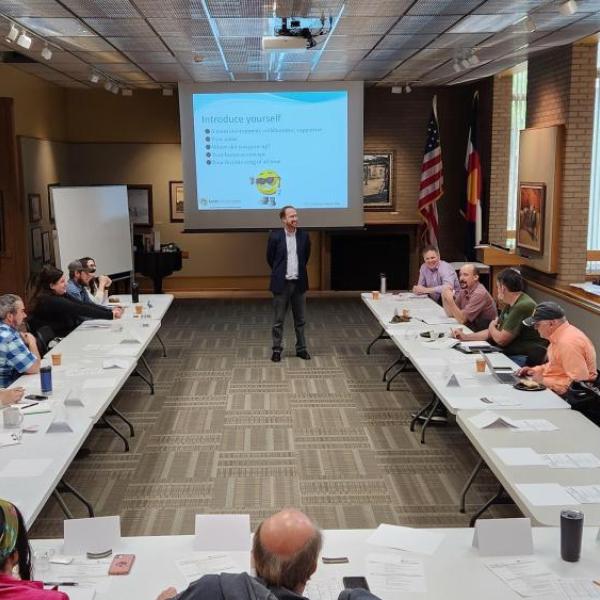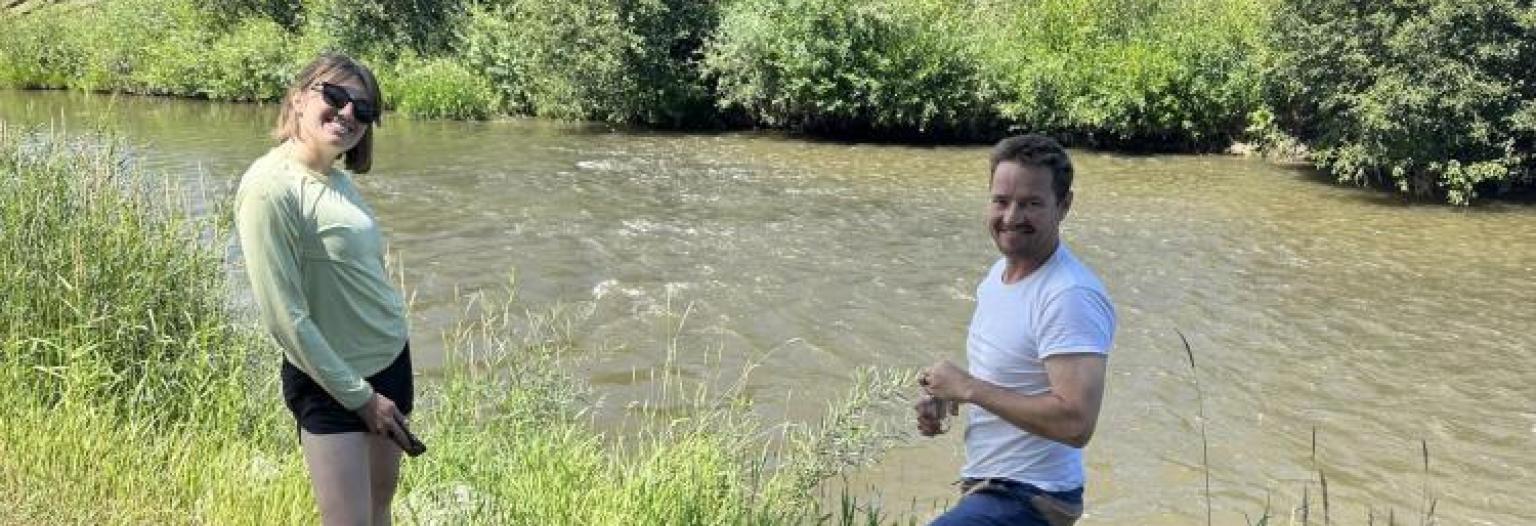
Dear Latrice,
We also love...
Christopher | Pueblo, CO
That’s why we’re teaming up with CSU to keep them healthy and pure for decades to come.
Campus Location

Researchers from the University of Colorado Boulder and Colorado State University are collaborating to improve river water quality in the Rockies.
Led by Environmental Engineering Professor Evan Thomas, the team has secured a $650,000 Convergence Accelerator grant from the National Science Foundation to address pollution in Colorado’s Cache la Poudre and Yampa Rivers using new sensor technology, monitoring, and a voluntary carbon credits trading system with industry.
Thomas has collaborated with Colorado State Senators Cleave Simpson and Jeff Bridges, as well as the Colorado Department of Public Health and Environment, to advance legislation that links wastewater utility water quality obligations under the Clean Water Act with restorative programs to accelerate watershed restoration.
A key aspect of these projects is the use of continuous, instream water quality measurements, allowing the team to trace negative changes in real time. “Typically, this work relies on expensive and infrequent point-in-time samples. These new sensors are robust, durable, and enable continuous monitoring,” said Thomas, who is also the director of the Mortenson Center in Global Engineering and Resilience.
Data from the sensors, in partnership with Fort Collins-based In-Situ, will feed into a machine learning system to develop predictive models that track pollution and identify sources. “While machine learning and AI aren’t new, we’re applying them in a novel way to manage watersheds and enable climate finance to support ongoing performance,” Thomas said.
Fernando Rosario-Ortiz, a professor of environmental engineering at CU Boulder and co-investigator on the project, noted that the grant builds on a wealth of prior research. "I'm excited to apply what we've learned about wildfires and water quality to work proactively with communities to mitigate these impacts and reduce stress on water infrastructure," Rosario-Ortiz said.
Tracing pollution sources has long been a challenge for environmental researchers. While monitoring from fixed sources, like wastewater treatment plants, is straightforward, identifying diffuse sources, such as runoff from industrial agriculture, mining, or forestry operations, remains difficult.
In addition to CU Boulder and CSU water researchers, the team has formed a network of external partners, including the cities of Steamboat Springs and Fort Collins, Friends of the Yampa, the Coalition for the Poudre River Watershed, and Virridy Inc., a CU Boulder spinout focused on global water security.
A key aspect of the project is a voluntary carbon market aimed at drawing industry investment into green infrastructure to improve water quality. Although still in its early stages, the initiative has already secured a $2 million investment in carbon credits from Mortenson Construction. Thomas expects the market could generate up to 1.6 billion carbon credits annually.
Thomas, who has previously led large-scale drinking water treatment carbon credit programs in Africa, reaching over 5 million people, views this as the first major effort of its kind in the U.S. “This approach enables industries and companies to show their commitment to climate impact,” Thomas said. “It connects local water issues with the global market, creating new business opportunities.”

